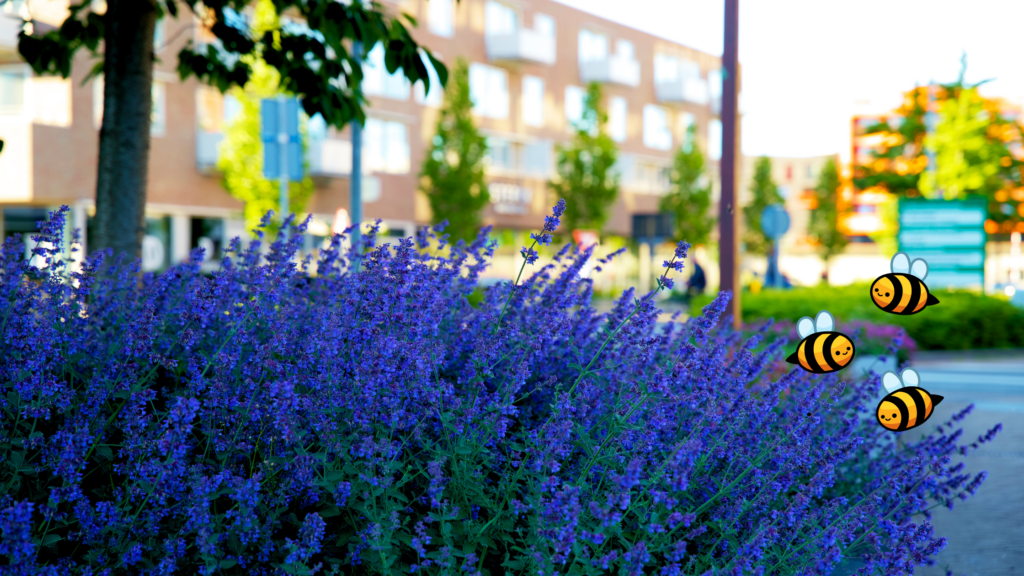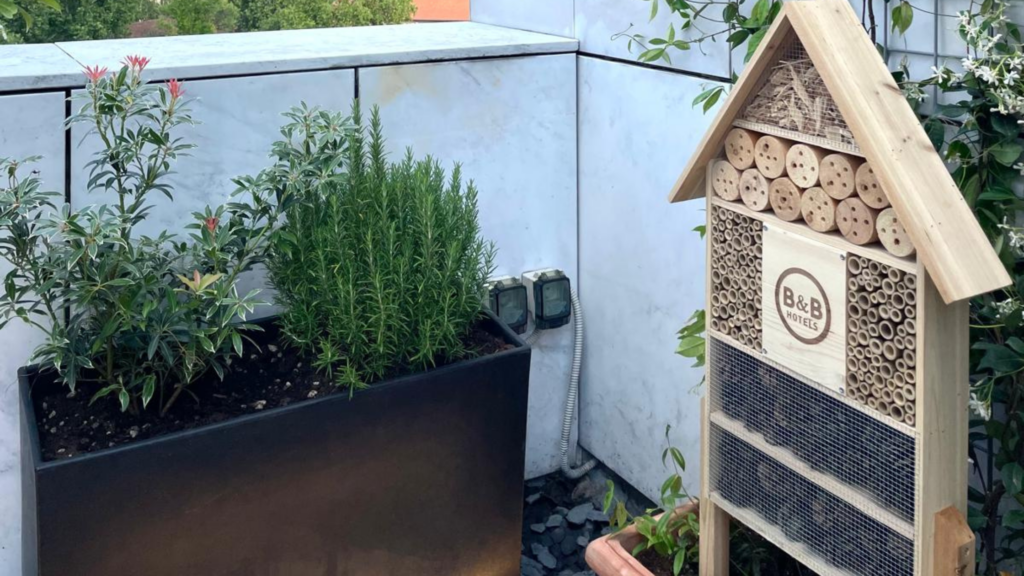In recent years, the topic of urban biodiversity has gained increasing attention. The migration of populations from rural to urban areas is continuously growing, and according to the “World Urbanization Prospects 2018”, the global urban population will exceed 70% by 2050. This phenomenon has inevitably led to a reduction in natural habitats and a loss of biodiversity. However, cities can offer significant opportunities to promote biodiversity through targeted actions.
Urban voids and underutilized spaces can be the starting point for initiating sustainable urban redevelopment projects aimed at creating new green spaces. These spaces not only enhance the aesthetics and livability of cities but also provide vital habitats for numerous species of flora and fauna, contributing to the resilience of urban ecosystems.
One of the simplest and most effective activities to increase and protect urban biodiversity is the planting of trees, shrubs, and flowers. Every new plant represents a refuge and food source for insects, birds, and small mammals. Besides creating new habitats, the creation of green spaces brings many other benefits, even for humans. It improves the livability of cities and reduces stress, providing areas for relaxation, physical activity, and contact with nature.
Abandoned sites and underutilized areas are ideal locations for such activities. They can be transformed into urban parks and gardens, improving urban biodiversity and revitalizing areas of the city that would otherwise remain neglected. Additionally, rooftops, terraces, and small gardens can become true green oases, offering further opportunities for planting that enrich the urban ecosystem and provide hospitality to insects.
These spaces are also ideal for installing bee hotels. These are artificial shelters, built with natural materials such as wood or reeds, where bees and other pollinators can nest. Bees and other pollinating insects are essential for biodiversity, but their populations are unfortunately in decline. Installing bee hotels is an excellent way to protect them, offering them a safe refuge. Moreover, placing these small structures in places like public parks and gardens can serve as an important educational tool, raising community awareness about the importance of pollinators and their role in nature.
Another activity that can promote increased biodiversity within cities is urban beekeeping. This practice is rapidly expanding in urban areas worldwide due to the numerous benefits it offers. Firstly, it helps safeguard bees that, kept in urban apiaries, are protected from the pesticides widely used in rural agricultural environments. Secondly, beekeepers can produce local honey, reducing the need for transportation and promoting sustainability. Finally, bees provide an important pollination service, improving biodiversity in urban centers.
There are also other actions we can take to improve biodiversity in our cities, such as creating community gardens. These are spaces within cities designed to provide citizens with areas dedicated to cultivation. In this way, not only is it possible to grow zero-kilometer vegetables and fruits, but new habitats are also created for insects and small animals.
Promoting urban biodiversity requires the participation and commitment of all of us. These initiatives not only help preserve biodiversity but also improve the quality of life in our communities. By involving citizens and utilizing abandoned urban spaces, we can create a more sustainable and resilient urban environment. Transforming cities into more welcoming places for nature is a crucial step toward a more sustainable future.

